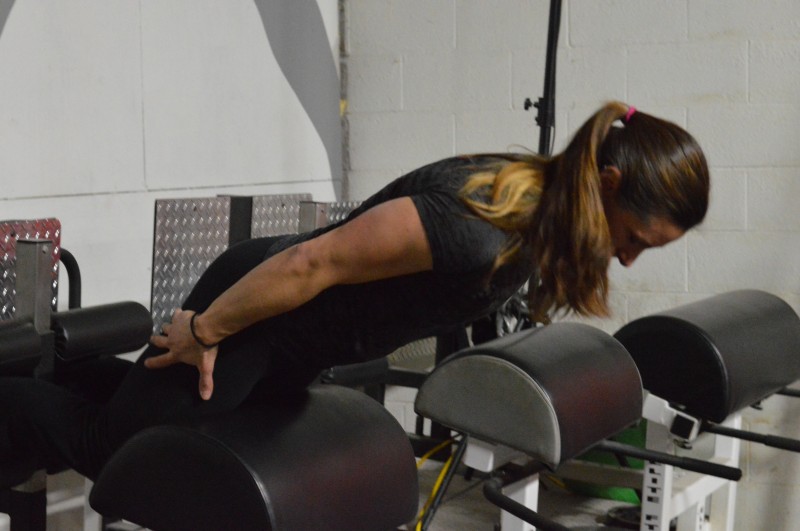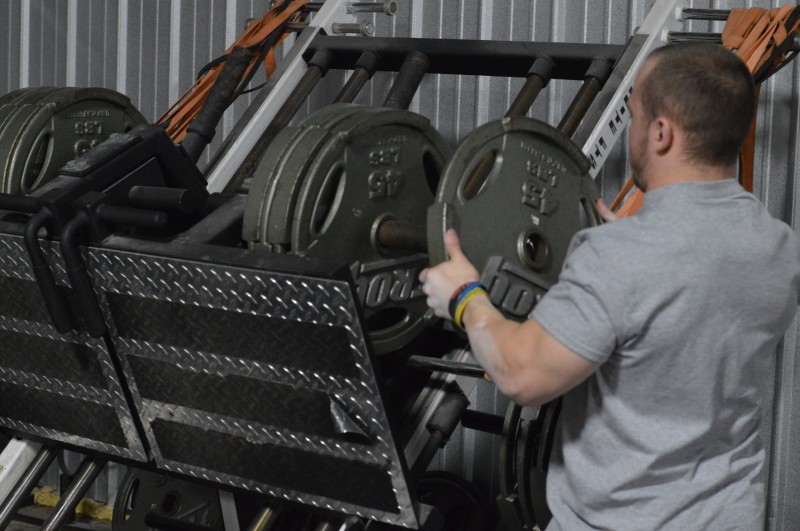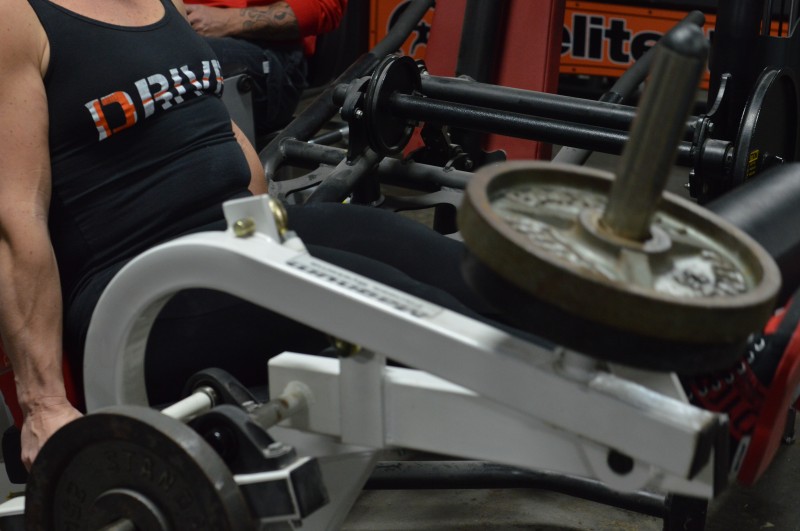SHOULD
YOU BE USING A PRE-WORKOUT SUPPLEMENT?
First let’s determine what is
in pre-workout supplements and whether or not you need those ingredients and
whether or not your body can use them.
If you look at a dozen
different pre-work out supplements you’ll probably find a dozen different
formulas with many of the ingredients difficult or impossible to pronounce.
Don’t get confused over all this. Much of it is often just marketing
mumbo-jumbo.
There are only five
ingredients you should be concerned with. Anything above that may be
“effective” but the benefit is probably not worth the price. Any ingredient
only has to be marginally beneficial to be labeled “effective”.
I’m going to be different
(just because) and start at the bottom of the list in terms of pre-workout
effectiveness. Just because an ingredient is at the bottom of the list of five
doesn’t mean it’s necessarily ineffective. It may mean there is simply a
better, more effective way to get that ingredient.
By the way, never, ever buy any
supplement labeled as a “Proprietary Blend”. That means they don’t want you to
know what’s in it!
5.Vasodilators
A big word that simply means
they have the effect of dilating your blood vessels allowing for increased
blood flow by increasing the nitric oxide in your bloodstream. Common sources
(ingredients) are L-Arginine, L-Citrulline and Beetroot.
Do they work? Maybe-maybe
not. The problem is nitric oxide works for some people and not at all for
others.
4.Creatine Monohydrate
Creatine is one of the most
studied and researched ingredients ever. There is no doubt that Creatine is very
effective and safe.
Creatine helps saturate your
muscle cells with the fuel needed for your workout.
It’s lower on the list only
because there is little or no research showing Creatine is any more effective
pre-workout than any other time of day. When you use Creatine seems to make
little difference.
The other reason Creatine is
low on the list is that it’s cheap and recommended dosage is very small. (5 mg
a day-about one teaspoon). By itself, 1000 grams (about a year’s supply) will
cost you about $15.00. (About $0.075 per day)
3.Beta-Alanine
Beta-Alanine works by buffering Hydrogen Ions (Hydrogen Ions are what causes the burning discomfort in the muscle as you fatique) giving
you the ability to keep your intensity up for longer periods of time. Higher
intensity means more volume which means better gains.
Beta Alanine is on the lower
end of the list, again, because it doesn’t matter whether or not you use
it pre-workout or at some other time during the day.
2.BCAA’s (Branch Chain Amino Acids)
BCAA’s regulate protein
metabolism, increase protein synthesis, and suppress protein breakdown. BCAA’s
may also reduce muscle soreness. Consuming
BCAA’s before your workout is the most effective time.
However, BCAA’s are usually
not necessary in supplement form if one is consuming sufficient protein in
their diet. (About 1 gram per pound of body weight)
That brings us to the number one
ingredient in pre-workout formulas and the most effective;
Caffeine!
Caffeine acts as a stimulant
on the central nervous system. Not only does caffeine make you more alert, it
also lessens the perception of pain/discomfort. That means you can exercise
longer and harder with the help of caffeine.
Caffeine positively affects
endurance by delaying fatigue. It allows you to perform a harder more demanding
workout without feeling it.
Some people believe caffeine
aids in fat burning. But, alas, there is no evidence of this.
Caffeine does not provide
energy. It merely stimulates you. It is not a substitute for actual energy
provided by nutrients in food.
How much caffeine? Caffeine
affects people very differently. You’ll have to find your proper dosage by
trial and error. Typically, about 1 mg per pound of body weight comes close.
If you are a heavy coffee drinker already, it will take more. Eight ounces of
regular brewed coffee contains between 97 and 200 mg of caffeine.
So, should you be using a pre-workout
supplement?
You have to decide. Most contain ingredients
that you can get elsewhere (including a balanced diet). Some ingredients can be taken any time of day not
just pre-workout.
But maybe you like the
convenience of getting all the ingredients in one place. Or maybe you don’t
like the taste or the high acid content of coffee.
And if you workout in the evening be aware that the effects of caffeine can last 8 hours or more.






















